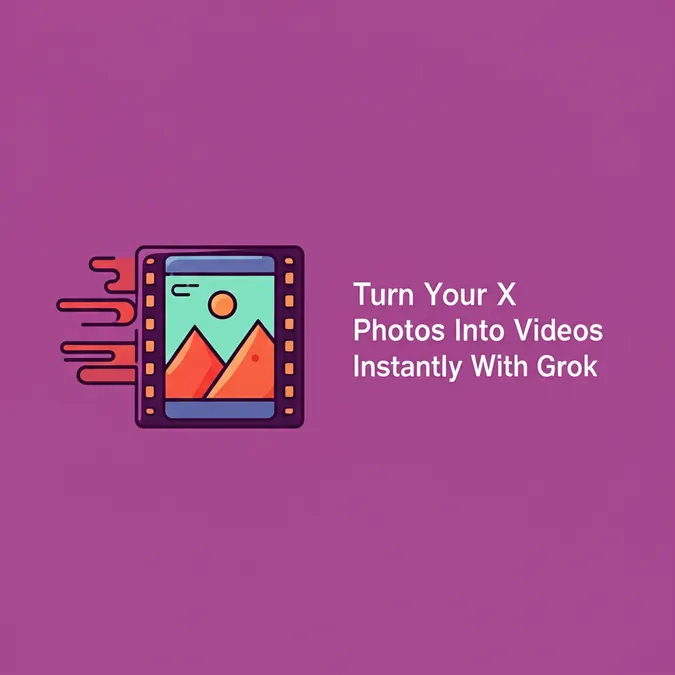The Blurring Line Between AI And Real Photos
I’m annoyed by something Sam Altman said, and it's not the first time. The strange part is, this time I’m annoyed because I largely agree with him—even while thinking his core argument is flawed.
In a recent interview, Altman was asked how we'll distinguish between real and AI-generated content. The question was prompted by a viral video of bunnies on a trampoline—a video that was cute, wholesome, and entirely generated by AI. Many people shared it without realizing it was fake.
So, as this technology advances, how will we know what’s real? Altman’s response suggests that, eventually, we might not. He uses modern phone cameras as his primary example.
Altman's Argument The Blurring Line of Reality
“Even a photo you take out of your iPhone today, it’s like, mostly real but it’s a little not,” he explained. He's right that a significant amount of processing occurs between light hitting a sensor and the final image appearing on your screen. Digital cameras make countless decisions about contrast, sharpness, and color. Phone cameras take it even further, merging data from multiple frames and optimizing details like faces to be more flattering.
Altman's point is that we already accept this level of digital manipulation as “real.” He believes that as AI content becomes more prevalent, “the threshold for how real does it have to be to be considered to be real will just keep moving.” This is where my frustration began.
A Spectrum of Reality From Photons to Fabrication
First, there is a massive difference between a photograph that originates from real-world photons and an image fabricated entirely by generative AI. It's a vast spectrum. I also believe most people are unaware of the extent of their phone camera's processing, which isn't as extreme as Altman implies. Your iPhone camera doesn't invent details or add objects that weren't there. When strange things happen, like a photo seeming to combine multiple poses, there's usually a simple technical explanation.
Sure, glitches like demon faces can occur, and the AI-enhanced moon photos are a known controversy. You can also perform major edits with Google Photos' generative AI tools. However, in my years of testing every major smartphone, I have not seen cameras independently adding elements to a scene that didn't exist.
Why The Distinction Still Matters
While using phone cameras as an example is irritating, I think Altman’s general prediction is correct. Our collective understanding of what is real changed with the rise of Photoshop. I know a magazine cover of Sarah Jessica Parker is heavily edited, but I still perceive it as a “real” photo of her. This perception is already shifting again in the AI era. But Altman implies that as our definition of “real enough” evolves, we’ll enjoy fabricated content just as much as authentic content, comparing it to how we enjoy science fiction movies.
This is where I strongly disagree. We will still care whether something is real, and our enjoyment will be based on that distinction. The video of the bunnies on the trampoline becomes far less enjoyable once you know it's fake. The entire appeal is the premise: “Look at this amazing, real thing these rabbits did.” If it’s not real, the magic is gone. If my social media feeds become flooded with cute but fake videos, I won’t just stop caring and enjoy them—I’ll probably stop using that app. Perhaps a future with less phone time and more minimalist tech is the answer.


